The Bold, Bulbous Douglas 1015 Cloudster II
Flying Magazine
APRIL 30, 2024
An unbuilt concept, the Douglas DC-8 Skybus aimed to position two V-12 piston engines in the forward fuselage and link them with two contra-rotating propellers in the tail. A ventral stabilizer doubled as propeller protection in the event of over-rotation or tail strikes. Neither aircraft would advance beyond the development stage.

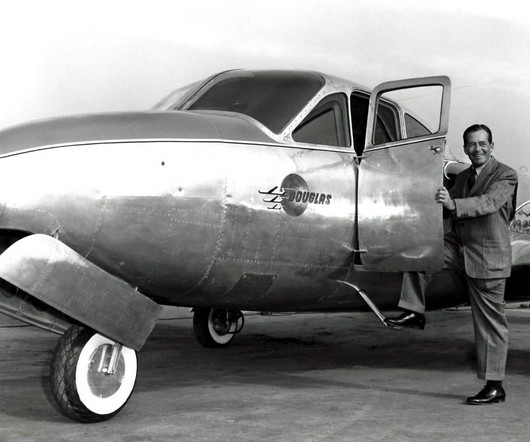


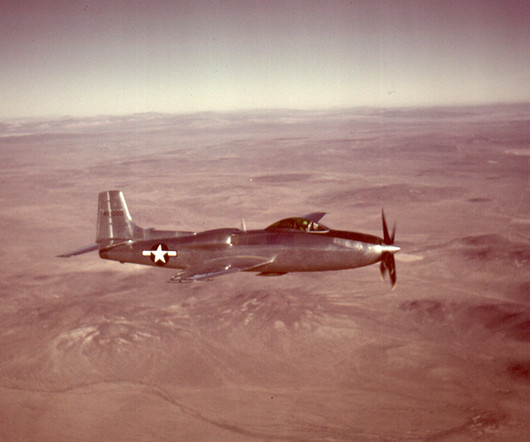

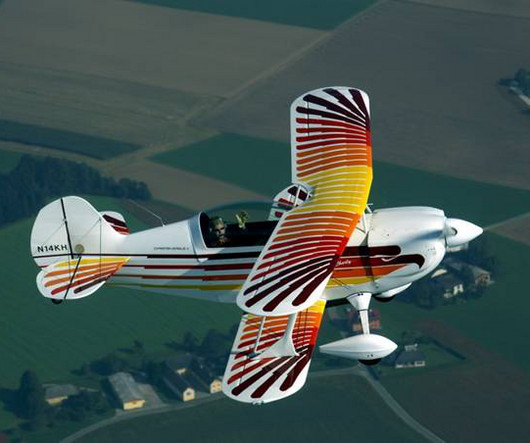
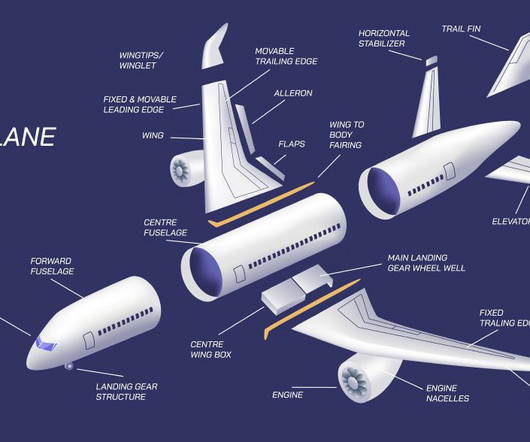
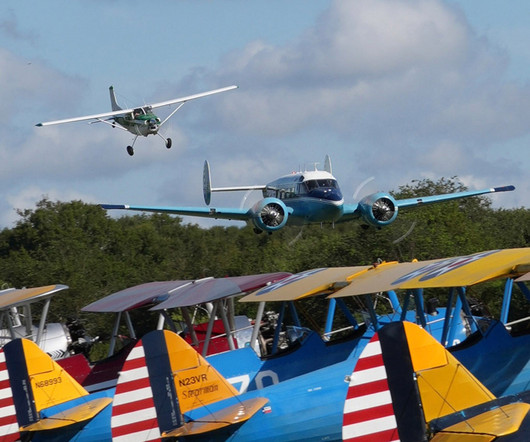


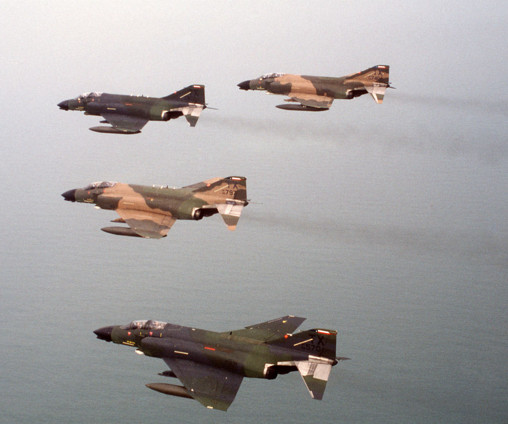
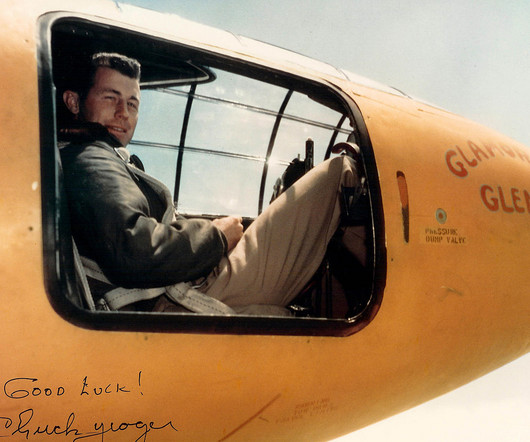


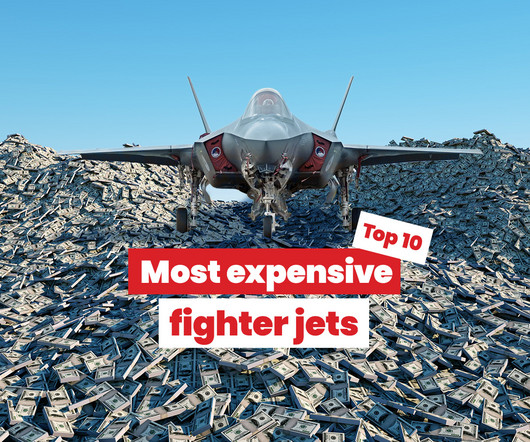






Let's personalize your content